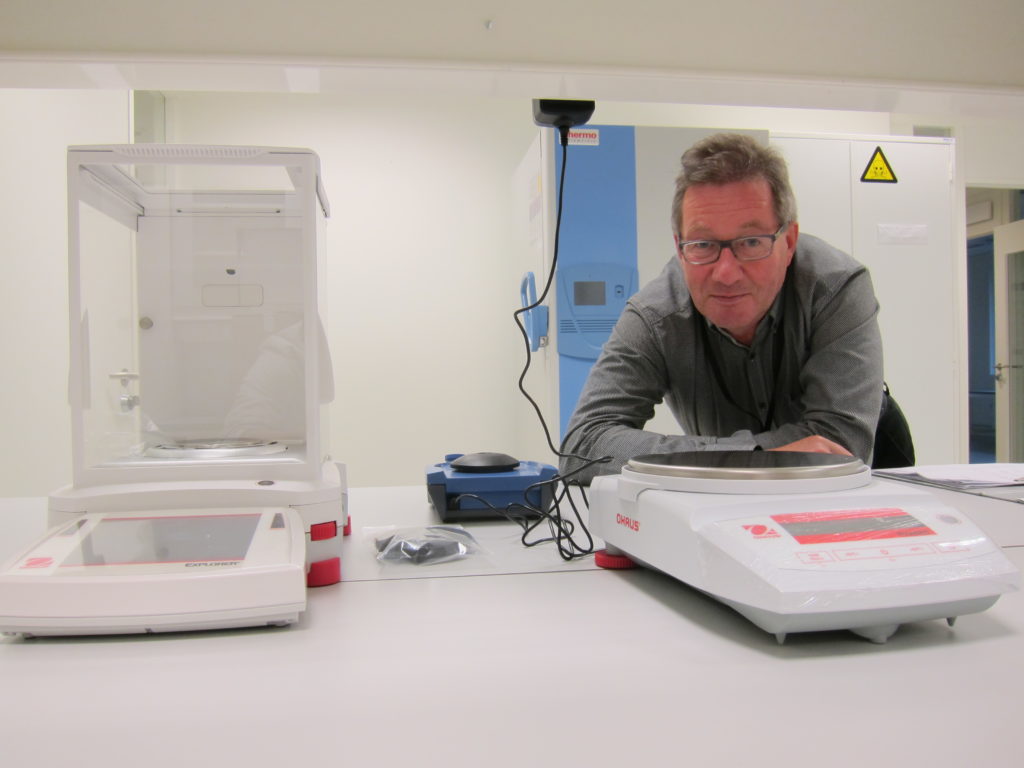In 2016, Inven2 licensed two inventions made by researcher Lars Wik of the National Competence Centre for Pre-hospital Emergency Medicine (NAKOS) to improve the methods ambulance and hospital personnel use in the treatment of patients with cardiac arrest and respiratory failure.
‘The first licence is for a lateral support that stabilises the chest so that it is possible to administer life-saving chest compressions more or less in the recovery position. This is decisive in relation to saving the lives of pregnant women in cardiac arrest. I think this method could also be worth looking into when obese persons suffer cardiac arrest,’ says Wik.
The invention was licensed to the US company Physio Control, a world-leading company in the development of chest compression devices and pertaining equipment.
Avoids conflict between ventilation and compression
The other invention was also licensed to Physio Control. In this case, Wik developed a type of sensor that prevents interference between chest compression and ventilation during cardiopulmonary resuscitation (CPR).
‘The licence concerns a function to ensure proper ventilation, i.e. the intake of oxygen, during cardiac arrest. In brief, it involves ensuring that the breathing we do on the patient’s behalf does not interfere with the working of the chest compression device. If the decompression is not coordinated with the patient’s breathing, the consequences can be very serious. It can lead to pressure damage to the chest, puncturing of the lungs or internal bleeding, at the same time at it prevents the heart from filling with blood. That will have a negative impact on the effectiveness of CPR,’ says Wik.
Physio Control will either develop completely new CPR devices based on Wik’s invention or improve the existing devices by adding this functionality in the form of an algorithm.
In addition, a cooling collar that lowers the risk of brain injury during cardiac arrest was licensed to the Norwegian company Snøgg AS.
CE-approval of breathing tube
Fourteen years ago, in 2003, Wik came up with an idea for how to ensure that the tube that transports oxygen to the lungs in connection with a cardiac arrest goes into the lung and not the oesophagus.
‘Placing this tube incorrectly is something all ambulance and medical personnel dread. Today, they check that it is done correctly by listening to the lung and measuring CO2. If the surroundings are noisy or the patient’s CO2 level is low, it is easy to make a mistake. In the worst case scenario, the consequences can be fatal, as there is a risk of not getting oxygen to the brain quickly enough, which can cause brain damage or even death,’ says Wik.
Wik’s research has resulted in a technology that measures the transthoracic impedance. This is a measure of the resistance in the chest, which is different if the tube is placed in the lung and if it goes into the oesophagus.
‘Especially in the USA, claims for damages for accidentally placing the tube in the oesophagus can amount to tens of millions of dollars,’ says Wik.
Zoll is the name of the company that bought the licence for the invention 14 years ago and in 2016 brought this method to the market.
‘I am happy and pleased that this method is now available to hospital and ambulance personnel. However, I hope that the other two inventions are taken into use a bit sooner,’ says Wik.




 Norsk
Norsk





